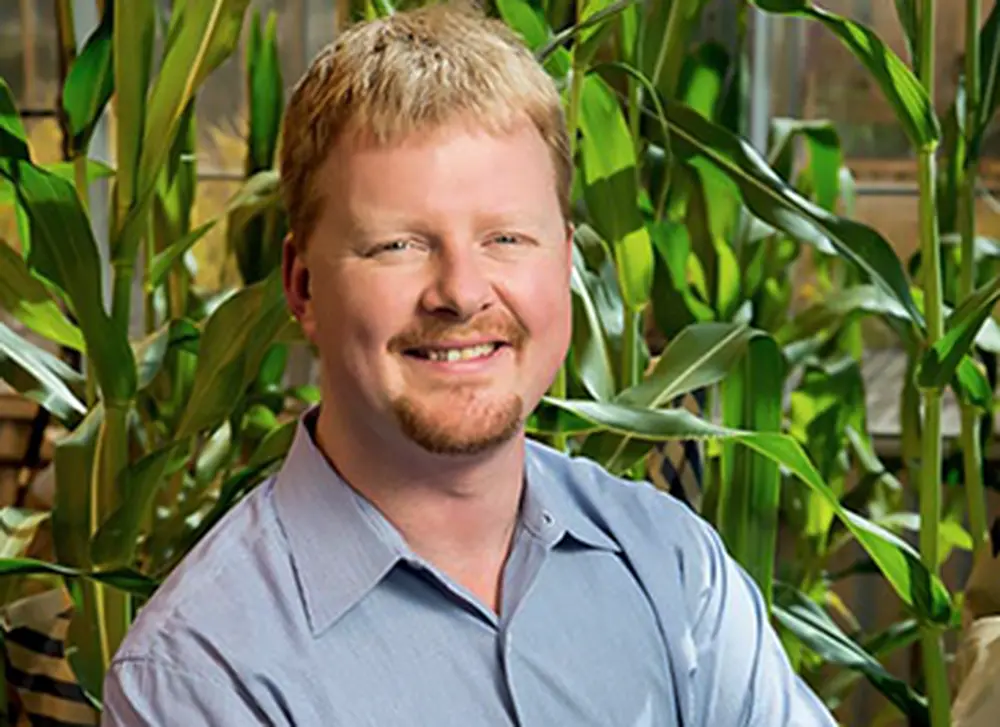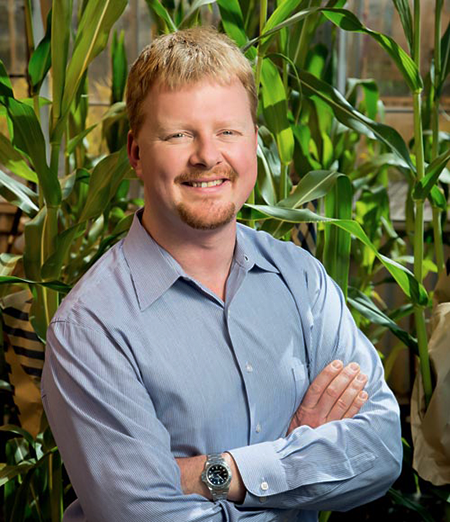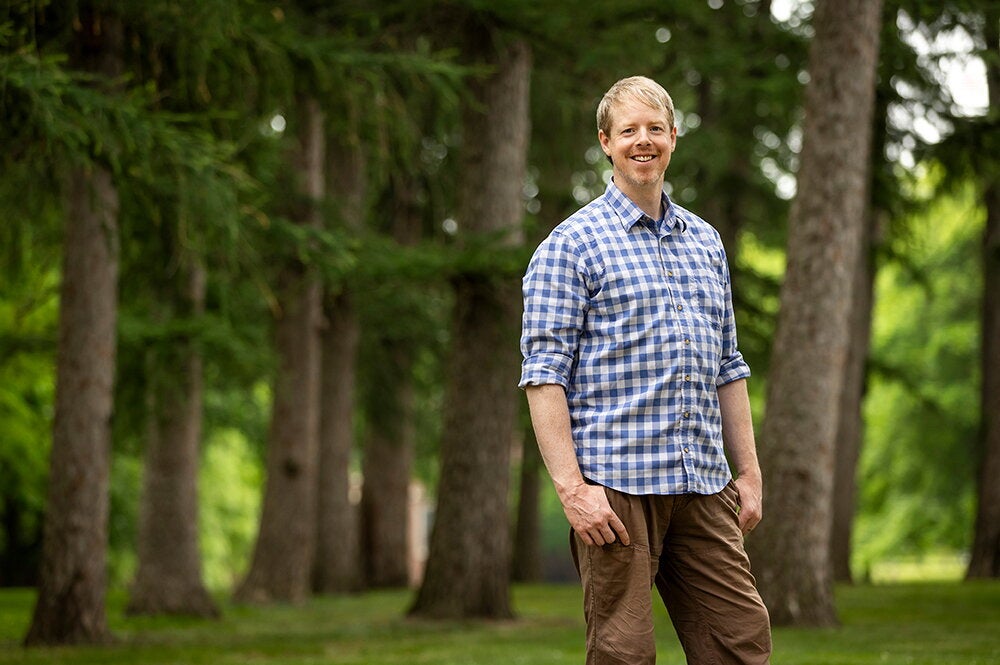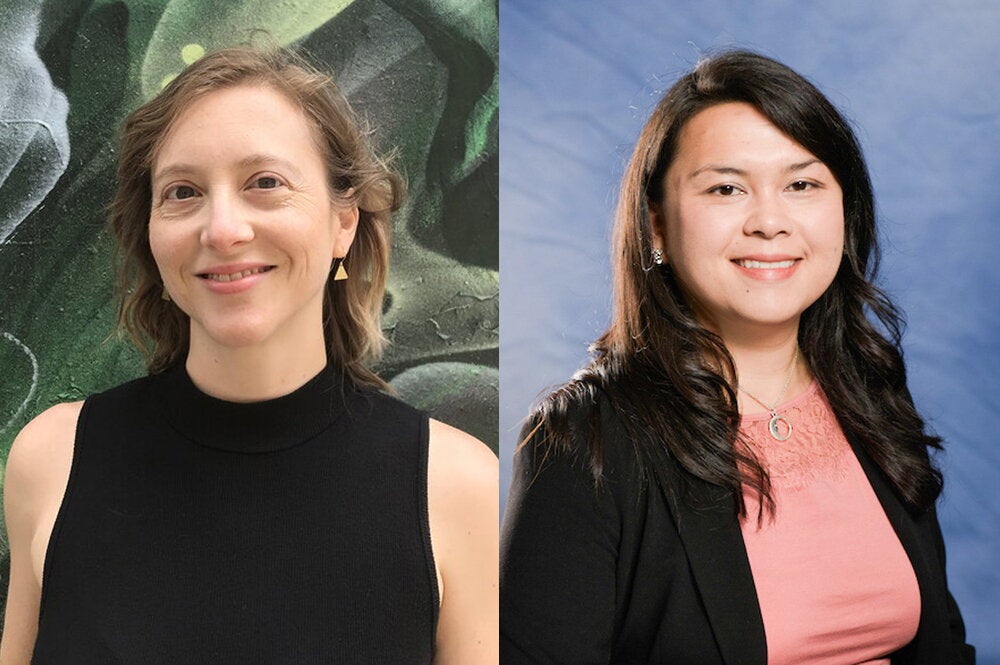

Drought takes a deep toll on crops—and there are places so dry that farmers won’t even try to plant there. A multi-million dollar grant from the U.S. Department of Energy, however, will help researchers at the University of Illinois reduce the effects of dry spells and potentially turn millions of acres of arid earth into farmland.
The University of Illinois has been awarded a $5 million grant from the D.O.E. Advanced Research Projects Agency-Energy to increase the water use efficiency of sorghum, a valuable bioenergy crop. An interdisciplinary team of researchers, led by principal investigator Andrew Leakey, professor plant biology, hope to reduce the amount of moisture lost through leaves.
Sorghum, like nearly all plants, transpires through stomata: small pores on the surface of the leaf that allow for gas exchange. By decreasing the stomata, researchers hope to reduce the amount of moisture lost. In addition, by shifting a larger percentage of photosynthetic activity to lower leaves, the higher local humidity will further reduce water loss.
By combining these approaches, the team predicts via its mathematical models that it may develop sorghum with a 40 percent improvement in water use efficiency.
“That means that we should be able to expand the growing area into regions that are currently too dry to produce a profitable crop,” said Leakey. “And in the areas that are already suitable for growing, plants will suffer less in drought years, and make more biomass with the water that there is.”
In all, this research could unlock more than 9 million new acres currently unusable for energy crop production, and increase production on currently farmed land by nearly 30 percent on average. Much of the newly available land is located to the west of sorghum’s current range, inspiring the project’s name, WEST (Water Efficient Sorghum Technologies).
“It’s about trying to provide solutions that make agriculture more productive and more sustainable,” concluded Leakey. “That’s a really key goal for this century.”
WEST is a collaboration with researchers from the University of Wisconsin at Madison, the University of Nebraska at Lincoln, Cornell University, and USDA Agricultural Research Services, Texas under lead institution the University of Illinois. Steve Long, University of Illinois Gutsgell Endowed Professor of Plant Biology and Crop Sciences, is deputy director of WEST.
Leakey and Long are both members of the Carl R. Woese Institute for Genomic Biology.


